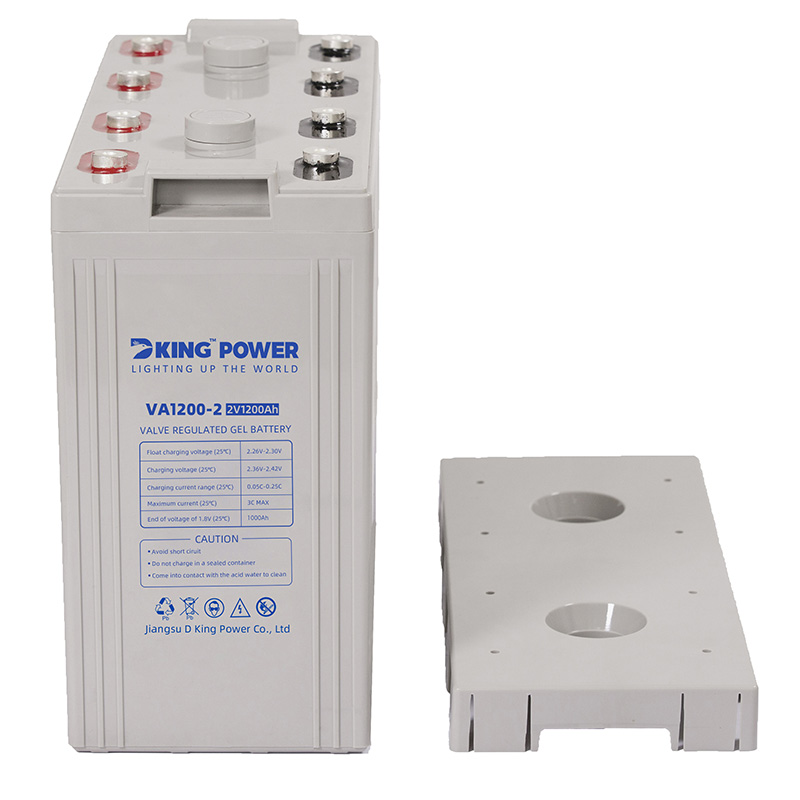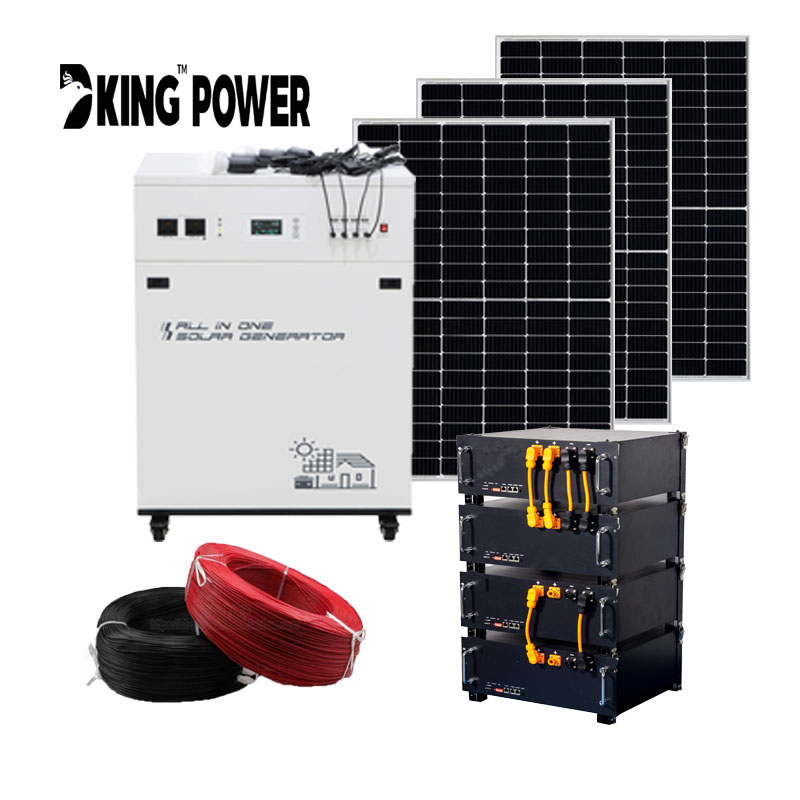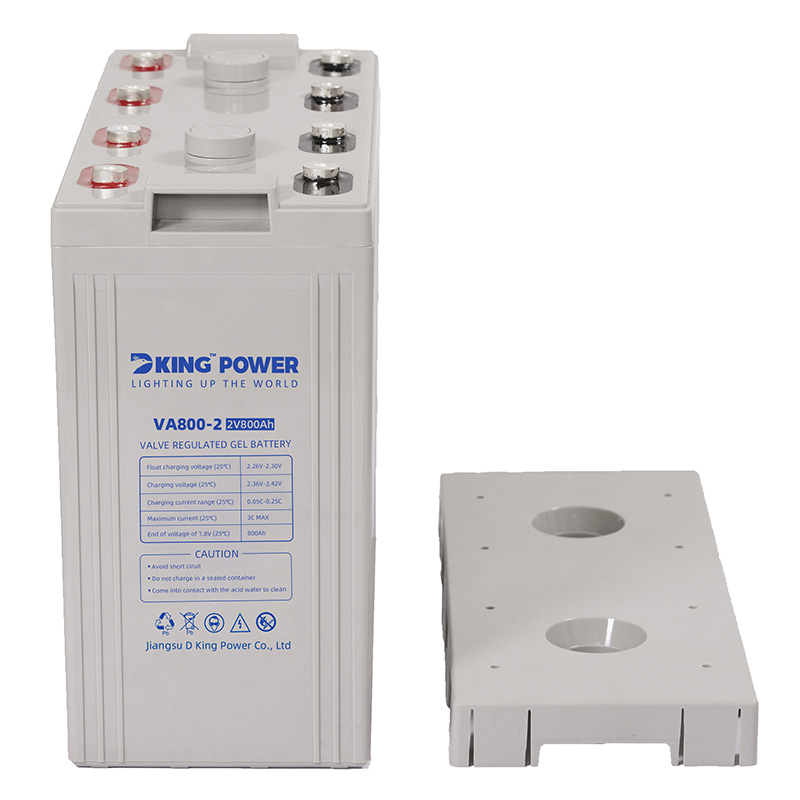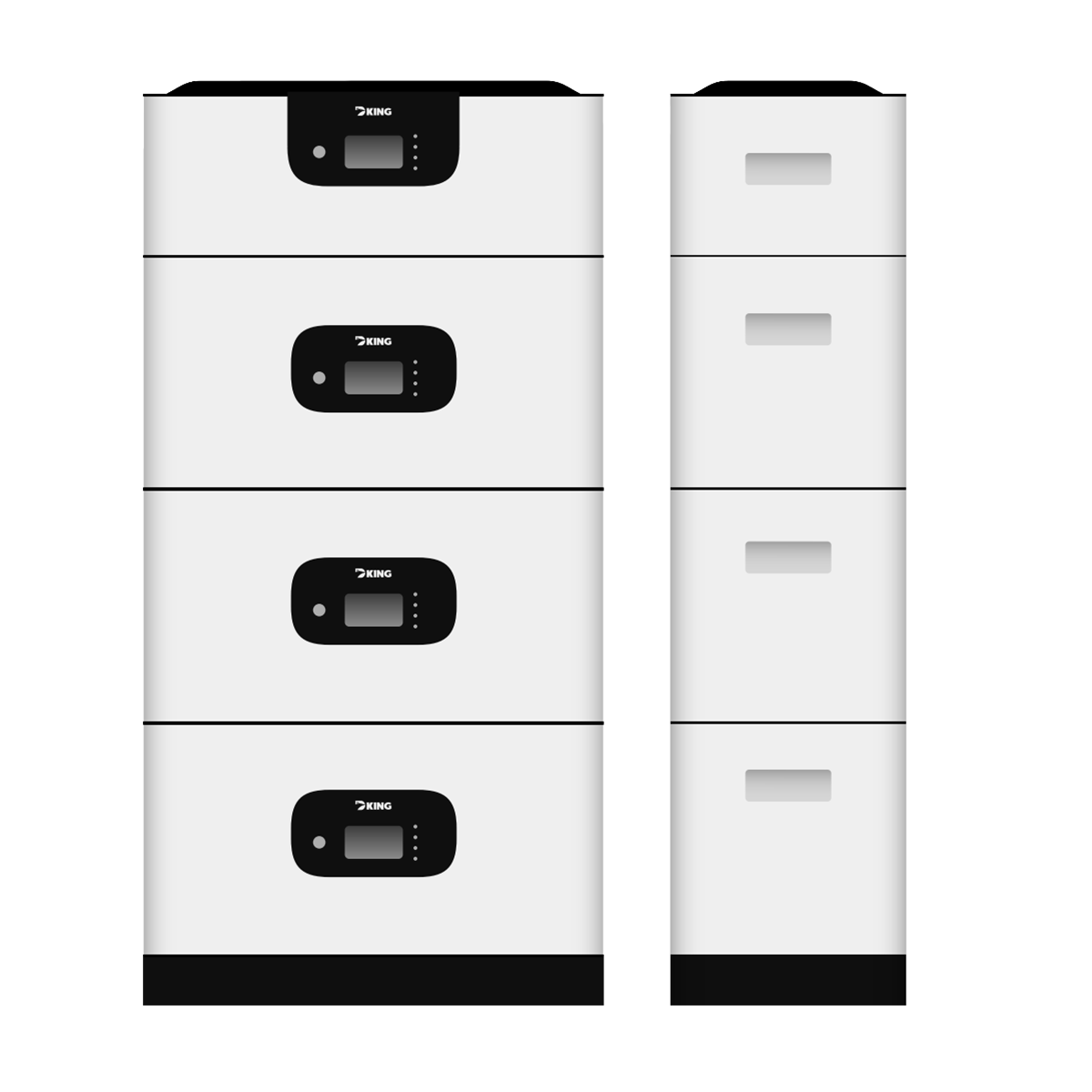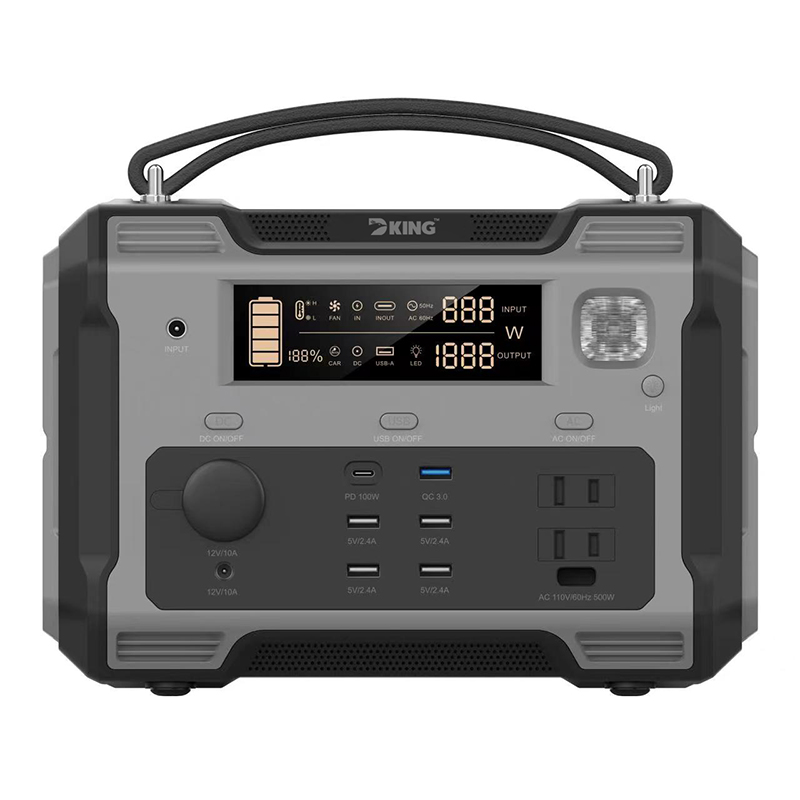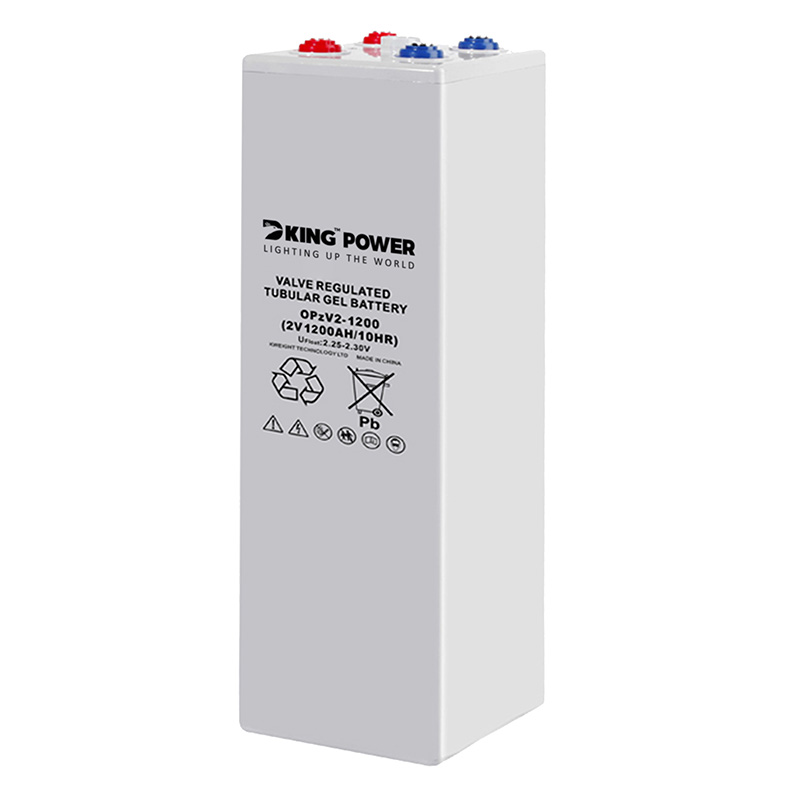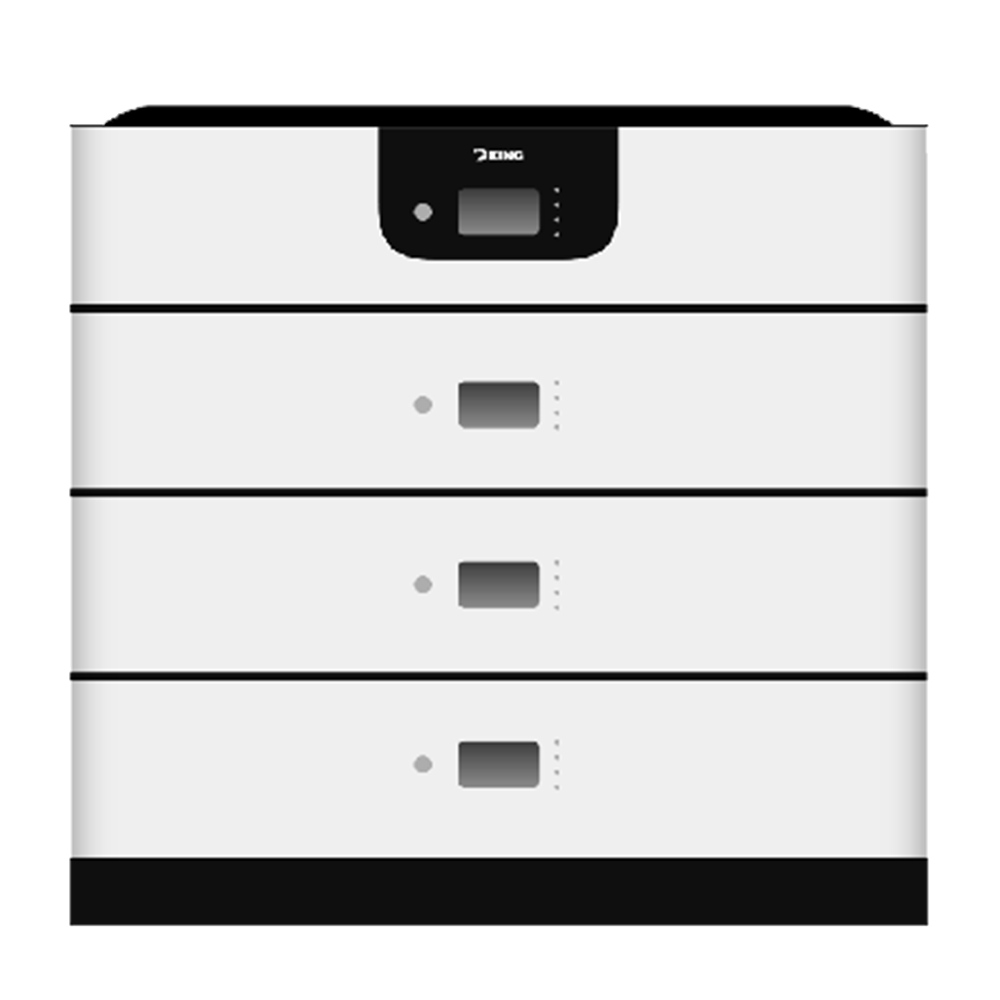| Model | Voltage | Capacity | Weight | Size |
| DKGB2-100 | 2v | 100Ah | 5.3kg | 171*71*205*205mm |
| DKGB2-200 | 2v | 200Ah | 12.7kg | 171*110*325*364mm |
| DKGB2-220 | 2v | 220Ah | 13.6kg | 171*110*325*364mm |
| DKGB2-250 | 2v | 250Ah | 16.6kg | 170*150*355*366mm |
| DKGB2-300 | 2v | 300Ah | 18.1kg | 170*150*355*366mm |
| DKGB2-400 | 2v | 400Ah | 25.8kg | 210*171*353*363mm |
| DKGB2-420 | 2v | 420Ah | 26.5kg | 210*171*353*363mm |
| DKGB2-450 | 2v | 450Ah | 27.9kg | 241*172*354*365mm |
| DKGB2-500 | 2v | 500Ah | 29.8kg | 241*172*354*365mm |
| DKGB2-600 | 2v | 600Ah | 36.2kg | 301*175*355*365mm |
| DKGB2-800 | 2v | 800Ah | 50.8kg | 410*175*354*365mm |
| DKGB2-900 | 2v | 900AH | 55.6kg | 474*175*351*365mm |
| DKGB2-1000 | 2v | 1000Ah | 59.4kg | 474*175*351*365mm |
| DKGB2-1200 | 2v | 1200Ah | 59.5kg | 474*175*351*365mm |
| DKGB2-1500 | 2v | 1500Ah | 96.8kg | 400*350*348*382mm |
| DKGB2-1600 | 2v | 1600Ah | 101.6kg | 400*350*348*382mm |
| DKGB2-2000 | 2v | 2000Ah | 120.8kg | 490*350*345*382mm |
| DKGB2-2500 | 2v | 2500Ah | 147kg | 710*350*345*382mm |
| DKGB2-3000 | 2v | 3000Ah | 185kg | 710*350*345*382mm |


Lead ingot raw materials
Polar plate process
Electrode welding
Assemble process
Sealing process
Filling process
Charging process
Storage and shipping
 Composition and working principle of photovoltaic power generation system Photovoltaic power generation systems mainly include grid connected systems and off grid systems. As the name implies, grid connected systems transmit electric energy generated by photovoltaic systems to the national grid in a parallel manner. The grid connected systems are mainly composed of photovoltaic modules, inverters, distribution boxes and other accessories. The off grid systems operate independently and do not need to rely on the public grid. The off grid systems need to be equipped with batteries and solar controllers for energy storage, It can ensure the stability of the system power and supply power to the load when the photovoltaic system does not generate power or the power generation is insufficient in a continuous overcast day. In any form, the working principle is that photovoltaic modules convert light energy into direct current, and the direct current is converted into current under the effect of inverter, so as to finally realize the functions of electricity consumption and Internet access. 1. Photovoltaic module PV module is the core part of the whole power generation system, which is composed of PV module chips or PV modules of different specifications cut by laser cutting machine or wire cutting machine. Since the current and voltage of a single photovoltaic cell are very small, it is necessary to first obtain high voltage in series, then obtain high current in parallel, output it through a diode (to prevent current back transmission), and then package it on a stainless steel, aluminum or other non-metallic frame, install the glass on the top and the backplane on the back, fill it with nitrogen, and seal it. The PV modules are combined in series and parallel to form a PV module array, also known as a PV array. Working principle: the sun shines on the semiconductor p-n junction, forming a new hole electron pair. Under the effect of the electric field of the p-n junction, holes flow from the p area to the n area, and electrons flow from the n area to the p area. After the circuit is connected, a current is formed. Its function is to convert the solar energy into electric energy and send it to the storage battery for storage, or to drive the load to work. 2. Controller (for off grid system) Photovoltaic controller is an automatic control device that can automatically prevent battery overcharge and overdischarge. The high-speed CPU microprocessor and high-precision A/D converter are used as a microcomputer data acquisition and monitoring control system, which can not only quickly and timely collect the current working status of the photovoltaic system, obtain the working information of the PV station at any time, but also accumulate the historical data of the PV station in detail, providing an accurate and sufficient basis for evaluating the rationality of the PV system design and the reliability of the quality of the system components, and also has the function of serial communication data transmission, Multiple PV system substations can be centrally managed and remotely controlled. 3. Inverter The inverter is a device that converts the direct current generated by photovoltaic power generation into alternating current. The photovoltaic inverter is one of the important system balances in the photovoltaic array system and can be used with general AC powered equipment. The solar inverter has special functions to cooperate with the photovoltaic array, such as maximum power point tracking and island effect protection. 4. Battery (not required for grid connected system) Storage battery is a device for storing electricity in photovoltaic power generation system. At present, there are four kinds of lead-acid maintenance free batteries, ordinary lead-acid batteries, gel batteries and alkaline nickel cadmium batteries, and the widely used lead-acid maintenance free batteries and gel batteries. Working principle: the sunlight shines on the photovoltaic module in the daytime, generates DC voltage, converts the light energy into electrical energy, and then transmits it to the controller. After the controller's overcharge protection, the electrical energy transmitted from the photovoltaic module is transmitted to the battery for storage, for use when needed.
Composition and working principle of photovoltaic power generation system Photovoltaic power generation systems mainly include grid connected systems and off grid systems. As the name implies, grid connected systems transmit electric energy generated by photovoltaic systems to the national grid in a parallel manner. The grid connected systems are mainly composed of photovoltaic modules, inverters, distribution boxes and other accessories. The off grid systems operate independently and do not need to rely on the public grid. The off grid systems need to be equipped with batteries and solar controllers for energy storage, It can ensure the stability of the system power and supply power to the load when the photovoltaic system does not generate power or the power generation is insufficient in a continuous overcast day. In any form, the working principle is that photovoltaic modules convert light energy into direct current, and the direct current is converted into current under the effect of inverter, so as to finally realize the functions of electricity consumption and Internet access. 1. Photovoltaic module PV module is the core part of the whole power generation system, which is composed of PV module chips or PV modules of different specifications cut by laser cutting machine or wire cutting machine. Since the current and voltage of a single photovoltaic cell are very small, it is necessary to first obtain high voltage in series, then obtain high current in parallel, output it through a diode (to prevent current back transmission), and then package it on a stainless steel, aluminum or other non-metallic frame, install the glass on the top and the backplane on the back, fill it with nitrogen, and seal it. The PV modules are combined in series and parallel to form a PV module array, also known as a PV array. Working principle: the sun shines on the semiconductor p-n junction, forming a new hole electron pair. Under the effect of the electric field of the p-n junction, holes flow from the p area to the n area, and electrons flow from the n area to the p area. After the circuit is connected, a current is formed. Its function is to convert the solar energy into electric energy and send it to the storage battery for storage, or to drive the load to work. 2. Controller (for off grid system) Photovoltaic controller is an automatic control device that can automatically prevent battery overcharge and overdischarge. The high-speed CPU microprocessor and high-precision A/D converter are used as a microcomputer data acquisition and monitoring control system, which can not only quickly and timely collect the current working status of the photovoltaic system, obtain the working information of the PV station at any time, but also accumulate the historical data of the PV station in detail, providing an accurate and sufficient basis for evaluating the rationality of the PV system design and the reliability of the quality of the system components, and also has the function of serial communication data transmission, Multiple PV system substations can be centrally managed and remotely controlled. 3. Inverter The inverter is a device that converts the direct current generated by photovoltaic power generation into alternating current. The photovoltaic inverter is one of the important system balances in the photovoltaic array system and can be used with general AC powered equipment. The solar inverter has special functions to cooperate with the photovoltaic array, such as maximum power point tracking and island effect protection. 4. Battery (not required for grid connected system) Storage battery is a device for storing electricity in photovoltaic power generation system. At present, there are four kinds of lead-acid maintenance free batteries, ordinary lead-acid batteries, gel batteries and alkaline nickel cadmium batteries, and the widely used lead-acid maintenance free batteries and gel batteries. Working principle: the sunlight shines on the photovoltaic module in the daytime, generates DC voltage, converts the light energy into electrical energy, and then transmits it to the controller. After the controller's overcharge protection, the electrical energy transmitted from the photovoltaic module is transmitted to the battery for storage, for use when needed.

